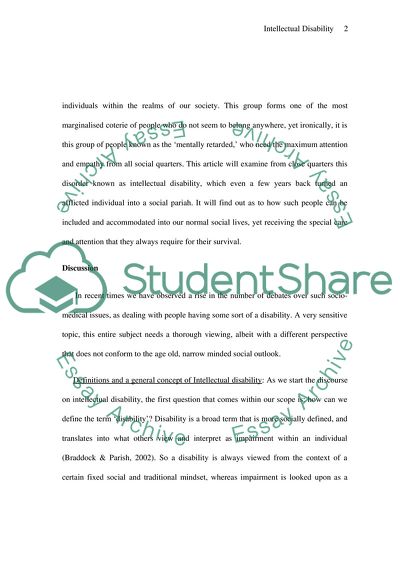Cite this document
(People with Intellectual Disability and Their Accommodation Term Paper, n.d.)
People with Intellectual Disability and Their Accommodation Term Paper. Retrieved from https://studentshare.org/medical-science/1740914-people-with-intellectual-disability-and-their-accommodation
People with Intellectual Disability and Their Accommodation Term Paper. Retrieved from https://studentshare.org/medical-science/1740914-people-with-intellectual-disability-and-their-accommodation
(People With Intellectual Disability and Their Accommodation Term Paper)
People With Intellectual Disability and Their Accommodation Term Paper. https://studentshare.org/medical-science/1740914-people-with-intellectual-disability-and-their-accommodation.
People With Intellectual Disability and Their Accommodation Term Paper. https://studentshare.org/medical-science/1740914-people-with-intellectual-disability-and-their-accommodation.
“People With Intellectual Disability and Their Accommodation Term Paper”, n.d. https://studentshare.org/medical-science/1740914-people-with-intellectual-disability-and-their-accommodation.


